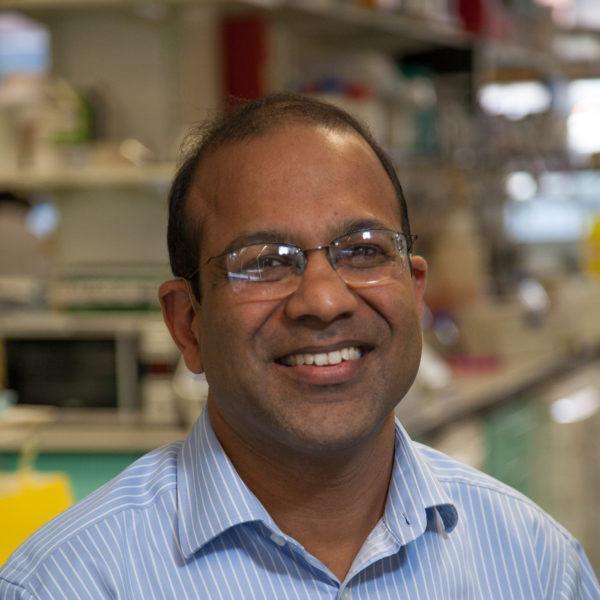Knowledge in the bank – how tissue banks are advancing precision cancer research
In collaboration with
One of the greatest challenges in cancer research is lack of access to high-quality tissue samples for investigation. Queen Mary researchers have been instrumental in setting up two national tissue banks to study breast and pancreatic cancer– and the work they are doing with bioinformatics makes the most of the clinical and research data they gather.
Breast cancer
Professor Louise Jones of the Barts Cancer Institute pioneered the Breast Cancer Now Tissue Bank, funded by Breast Cancer Now in 2010. In the last 13 years, the tissue bank has collected more than 126,000 samples from 10,000 patients and has been able to offer support to researchers from the UK, Taiwan, USA, Italy, Finland, Sweden, South Korea, Portugal, Norway, Spain, Switzerland and Germany.
Scientists from Queen Mary, Barts Cancer Institute, the University of York, Imperial College London, the University of Leeds and other institutions have used samples and data from the tissue bank in their ground-breaking research.
Pancreatic cancer
Professor Hemant Kocher of the Barts Cancer Institute led on the development of the Pancreatic Cancer Research Fund Tissue Bank, launched in 2016. The Pancreatic Cancer Research Fund committed £3,000,000 to this project. For the first time, globally, sites across the nation are collaborating in collecting pancreatic tissue for analysis.
All the samples are gathered with the same protocol, so that the samples and associated data can be easily analysed, stored and distributed. Current sites involved in tissue and data collection include Barts Health NHS Trust and seven partner hospitals across London, Leicester, Southampton, Oxford and Newcastle-upon-Tyne.
The tissue bank has more than 3,500 pieces of pancreatic tumour and normal pancreas tissue donated and stored. In addition there are other biological materials such as plasma and serum, urine and saliva leading to a collection of more than 50000 samples: an unparalleled repository globally. The tissue bank has also collected hundreds of samples from volunteers for ‘healthy control’ comparison against patient samples.

Making the best use of samples
For both tissue banks, samples are collected from multiple sites around the country, and from diverse population groups. Historically, minority groups have been under-represented in clinical trials, and thus it has been difficult to research how certain cancers may develop in those groups and how they may best be treated. With the help of breast and pancreatic tissue banks, many under-represented groups can now be studied. Researchers are able to compare different populations, and thus better refine treatment options for individual patients.
Making the most of the data
Professor Claude Chelala and her team have developed health informatics and bioinformatics infrastructure for both national tissue banks with the analytical means to make the most of the information in each sample, creating comprehensive, multi-dimensional data sets which can be used by researchers around the globe.
Every piece of tissue donated is very precious.... The more information we have, the more researchers using the tissue for their research can be sure that the sample is exactly what they need to accurately answer the research questions they are asking.— Catherine McMaster-Christie, Tissue Bank Co-ordinator
How will this help cancer researchers?
The data can be mined for key information – particularly around genetic variations, but also key and pertinent clinical features. Researchers can thus prioritise clinically relevant variations and offer better precision care to patients.
Professor Chelala’s team have developed and customised a powerful, free-to-use platform called SNPnexus to help with the analysis of data. Her team also gathers information on patients’ lifestyles, other health issues and their progress through cancer treatment. The cancer research community is thus able to make the most of the clinical data and molecular findings.
Ultimately this can lead to the creation and use of virtual patient models, which will greatly enhance clinician’s ability to treat the needs of individual patients.
Access to a wide range of tissue samples, alongside rich, research-ready data sets will help researchers to bring new and better treatments from laboratory to bedside – all good news for people affected by cancer.
